 Fine Antique Silver & Objects of Vertu
Fine Antique Silver & Objects of Vertu

No. Z008
A Large George II Silver Inkstand
With the Coat of Arms for Major General Alexander Dury
Made by Elizabeth Godfrey
London 1747
Length 13.1" (33.5cm); Depth 9.1" (23.2cm);
Weight 59.77 troy oz (1859g)
Price £38,000.00
Notes & Condition Report
A very rare & superb inkstand with inkwell, table bell, taperstick & pounce pot
All with matching hallmarks
Made by renowned silversmith Elizabeth Godfrey
With a scratch weight of 60.13 troy ounces
The cast silver table bell is of an excellent gauge and weight
Very good hallmarks and condition
PLEASE CONTACT US TO PURCHASE
Major-General Alexander Dury (1704 – 1758)

Alexander Dury was born in Edinburgh on 10th December 1704, his parents wereboth Huguenot immigrants,
Theodore Du Ry (born 1661) and Mary-Anne Boulier De Beauregard.
Alexander attended the Geneva Academy where he studied languages; his outstanding intellectual abilities had been acclaimed
and he was admired for the brilliant exposition of his thesis ‘De Terrae Motu’ [On the Earthquake].
He returned to Britain at the end of May 1721.
On 24th June 1721 he was commissioned into the First Regiment of Foot Guards, and, perhaps through his knowledge of French,
he seems to have been selected early for special intelligence duties.
As a linguist, Alexander went on to be a studious soldier, as well as a generally cultured man.
He travelled to Hanover and Berlin to study military affairs in the 1730s.
At the end of 1745 he was tasked by the Duke of Newcastle to take a party to Deal, Kent,
and bring back a number of important Jacobite prisoners, who had been captured aboard the Soleil Privateer by HMS Sheerness
on 22nd November off Dogger Bank and who might have proved useful reinforcements for the Jacobite Rebellion.
Dury brought back the most important captives to London.
Among them was Charles Radcliffe, who was beheaded on Tower Hill on 8th December 1746.
In 1747 Dury served in the Low Countries, in which the War of the Austrian Succession was raging.
He was put in charge of a rearguard of 200 footguards and a troop of dragoons, later protecting the Duke of Cumberland's headquarters.
He took part in the Battle of Lauffeld, and then at the Siege of Maastricht in the Spring of 1748.
Dury describes the battle in his memoirs:
“When they came to the top of the hill the fire was so hot that the officers, who used their utmost endeavours, could never form them.
At this time – the business was over – some squadrons had drove the French back through the village but not sustained though the French cavalry,
who behaved shamefully, were obliged to retire”.
The Guards now formed about 400 in number, in a hollow near the village of Kisselt and became the rearguard of the foot:
“The whole was under the cannon of the Maastricht by 5 pm!
The Austrians had no share in the battle, our right being far too distant from the left of the French in the action”.
The allies lost between 5000 and 6000 men, killed, wounded and missing, the French between 12,000to 15,000.
Dury’s account throws new light on this battle for Maastricht, where Louis XV was so horrified by the losses he took the initiative for opening peace talks.
After the battle, Dury was appointed Commissary for Forage and Bread for the left wing, which was a sign of Cumberland’s good opinion of his administrative abilities.
In 1749 he was promoted to be Lieutenant Colonel of the First Regiment of Foot Guards.
On 24th July 1753 Alexander married Isabella Turnor at St Mary Abbots Church, Kensington.
They had two sons: Alexander (1st Oct1754 – 13th Oct 1754) and Alexander (17th Aug 1756 – 28th Feb 1825).
In 1758 Dury was in charge of a brigade of Guards, which sailed to northern France.
The object was a series of diversionary raids, which would draw the French forces away from central Europe, in particular Hanover.
One such attack was the raid on Cherbourg in August, in which the French put up little resistance and the port and fortifications were destroyed.
After their success the British moved west for a descent on St. Malo, but this failed and many men were lost.
They then moved to St. Cast in Brittany, arriving on 11th September.
Disaster struck during this battle, the British lost more than twice as many men as the French, as they fled back to their vessels.
Alexander Dury was killed that day while trying to help his men get aboard the ships.
Before he had left for northern France Alexander Dury’s portrait was painted by Sir Joshua Reynolds.
He also wrote his will on 11th May.
After his death his wife sold, by auction over four days, his extensive library, which reflected both his wealth
and his strong, continuing enthusiasm for books on war that included many contemporary military textbooks, plans and manuscripts.
(Presumably this is when the inkstand was also sold).
Elizabeth Godfrey (active c.1720-1766)

Elizabeth Godfrey is often referred to as the 'Most Outstanding Woman Silversmith Of Her Generation'.
Born Elizabeth Pantin, she was the daughter of the distinguished Huguenot silversmith Simon Pantin.
On the 11th February 1720, at St. Paul’s Cathedral, she married her father's godson, Abraham Buteux, a silversmith from the French immigrant community.
Abraham had died by the 15th November 1731, as that is when Elizabeth Buteux entered her first maker’s mark at Goldsmiths’ Hall,
as she carried on her husband’s silver business.
The following year, on the 6th February 1732, she married Benjamin Godfrey who is thought to have been a working silversmith at Elizabeth’s workshop.
Unfortunately he too died, making Elizabeth a widow again, by 29th June 1741, as that is when she entered her second maker’s mark as Elizabeth Godfrey.
Her pieces were widely known for their high quality and sophisticated style.
On her trade card Elizabeth Godfrey describes herself as “Goldsmith, Silversmith, and Jeweller, [who] makes and sells all sorts of plates, jewels, and watches,
in the newest taste at the most reasonable rates”. Her patrons included a number of nobles and their families
and notably the Duke ofCumberland (Prince William, the youngest son of King George II),
who had become something of a popular hero after his victory over Jacobite forces at the Battle of Culloden in 1745.
She left an important body of work known for its high quality and sophisticated style influenced by the Huguenot silversmithing traditions.


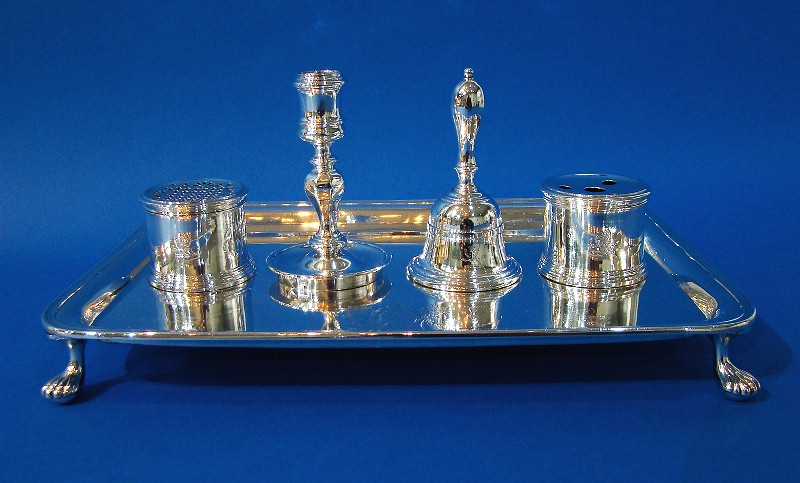





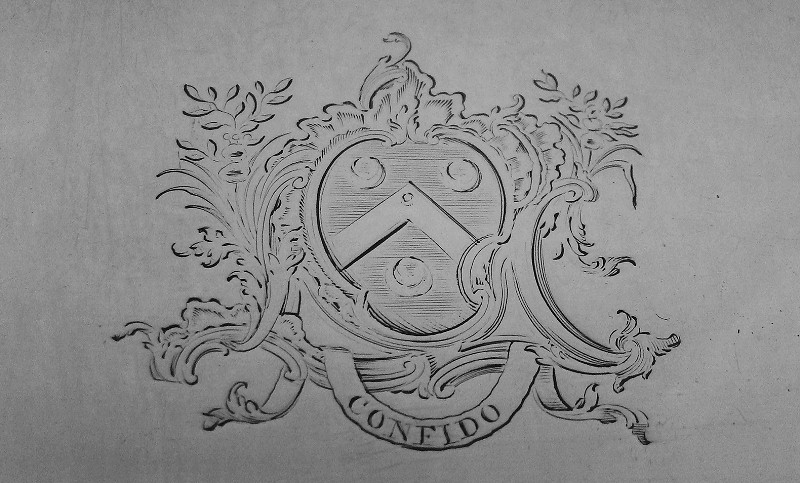

















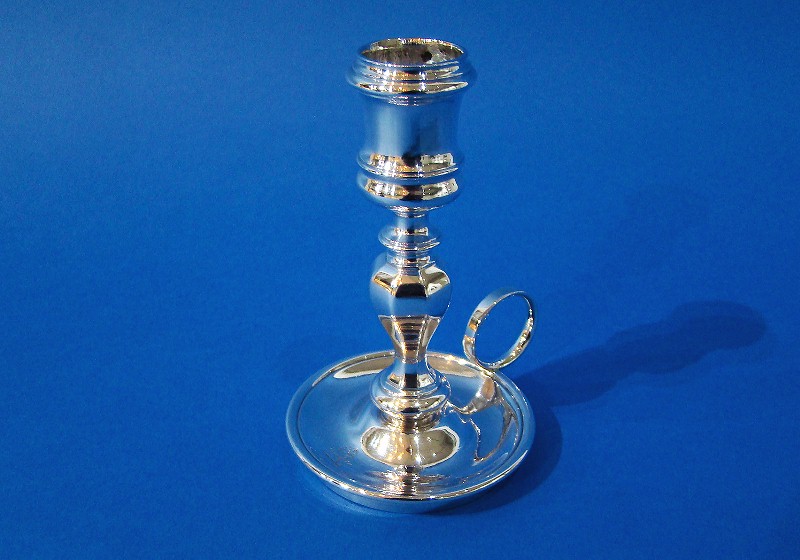



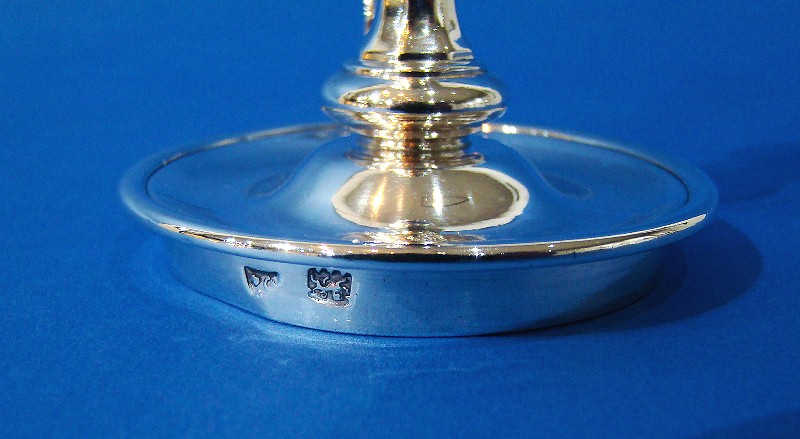

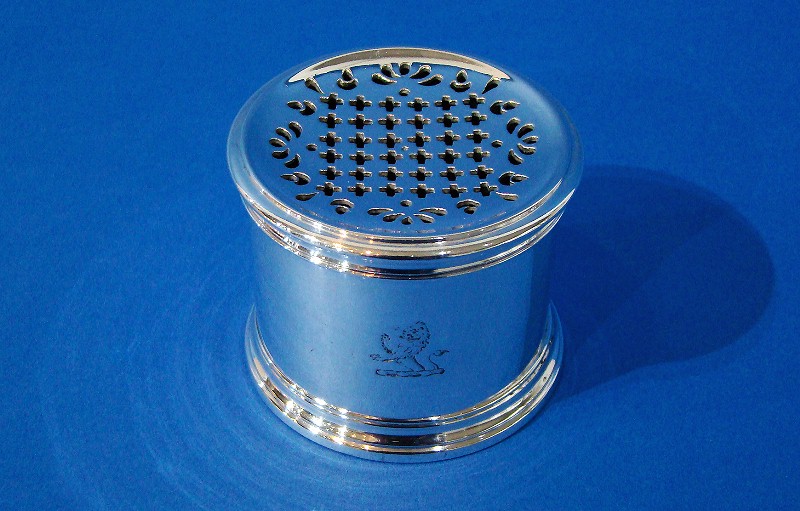










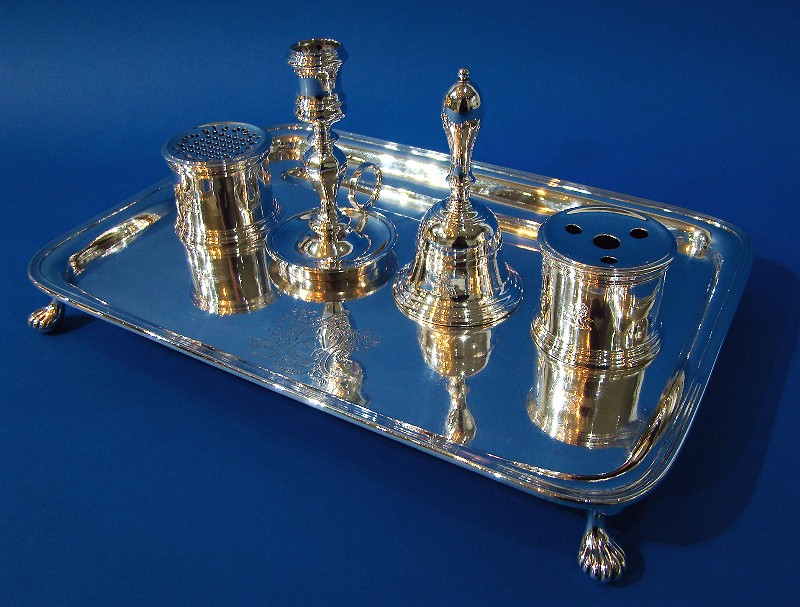
-o-o-o-o-o-o-





























































